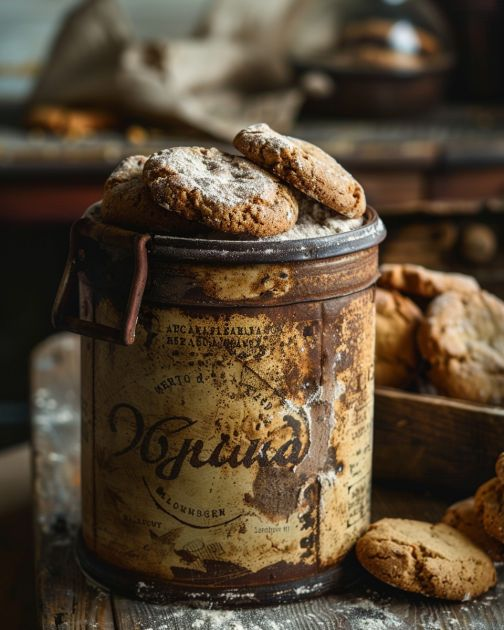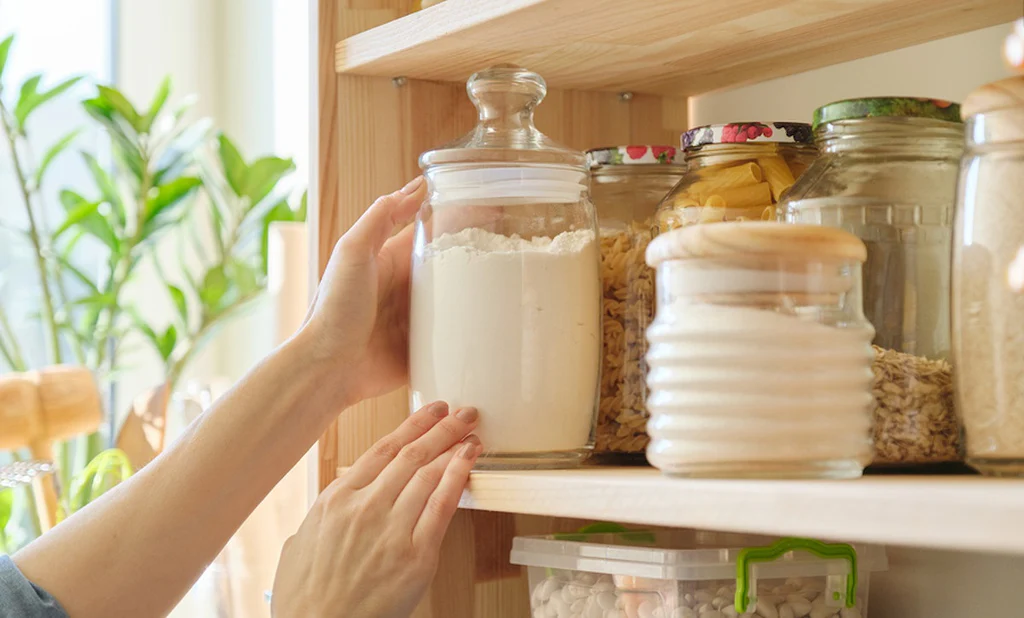Have you ever found yourself questioning the contents of your pantry, especially when you stumble upon that old bag of flour? Recently, my nana used 3-year-old flour from the cupboard to bake cookies for a party. Feels questionable, right? It sparked the age-old question: How long does flour actually last?

Flour is a kitchen staple, and most of us don’t give much thought to its shelf life until we notice that something seems a little… off. In this article, we’ll dive into how long flour stays fresh, what to watch out for when it starts to spoil, and what happens when you use expired flour. Spoiler: it’s more than just a change in taste!
The Typical Shelf Life of Flour
Let’s start with the basics: how long can you expect different types of flour to last? It turns out, the shelf life of flour depends on the type and how it’s stored.
- All-purpose flour – If unopened, all-purpose flour can last up to 1 year at room temperature. However, if you’re storing it properly in a cool, dry place, it can easily stretch its life beyond that, up to about 2 years.
- Whole wheat flour – Whole grain flours like whole wheat have a much shorter life span, usually about 3 to 6 months. This is due to their higher oil content, which makes them prone to quicker spoilage. If you want to keep it fresh longer, store it in the fridge or freezer.
- Other specialty flours – Nut-based or gluten-free flours also tend to spoil faster. Again, refrigeration or freezing will extend their usability by several months.
The key here is proper storage. Flour loves airtight containers. Leaving flour exposed to air can introduce moisture and odors, which hastens spoilage. So, if you want to maximize shelf life, be diligent about how you store it.
Can You Use Expired Flour?
You might be wondering if that ancient flour tucked in the back of your pantry is still good to use. Well, that depends. Flour that’s a few months past its expiration date is probably still fine for most baking projects, but it won’t be as fresh or effective.
However, 3-year-old flour like my nana’s? That’s risky territory. Using old flour isn’t just about compromised flavor; it could lead to bad textures and potentially even health risks.
Signs That Flour Has Gone Bad
How can you tell when it’s time to toss that flour? Here are some dead giveaways that it’s no longer fresh:
- Weird Smell – Fresh flour should have a neutral, almost sweet scent. If you notice a musty, sour, or rancid odor, it’s a strong indicator that the flour has gone bad.
- Discoloration or Clumps – Flour should remain powdery and off-white (or brownish, depending on the type). If you see any grayish tinge or clumps forming, it’s a sign that moisture has gotten in and it’s time to discard it.
- Mold – This one is pretty obvious, but any visible mold growth means you should throw it out immediately.
- Unusual Taste – If you bake something with old flour and it tastes a little off, you’ve likely used flour past its prime. The flavor won’t be as light or pleasant, which can make your baked goods taste stale.
Consequences of Using Expired Flour

Using old flour doesn’t just result in bland or off-tasting food. It can also affect the texture of your baked goods. Cookies might come out flat, bread might not rise as well, and cakes could end up dense and heavy.
But that’s not all. While the risk is minimal, there’s a chance that spoiled flour can contain harmful bacteria or mold that could cause digestive issues. Although it’s rare for expired flour to make you seriously ill, if the flour has been sitting in a warm, damp place, it could become a breeding ground for bacteria like E. coli. So, while you might get away with using slightly old flour, it’s best not to risk it if you have any doubts.
How to Extend Flour’s Shelf Life
Here’s the good news: with a little extra care, you can extend the life of your flour significantly. Here’s how:
- Store in a cool, dry place – Keep flour in your pantry, but make sure it’s in a dark, dry area. Excessive heat or light can speed up spoilage.
- Use airtight containers – Transfer flour from its original packaging into an airtight container. This keeps moisture, air, and odors from other foods out.
- Freeze it – If you don’t bake often, or if you’re dealing with more delicate flours like whole wheat or almond flour, freeze it! Flour stored in the freezer can last up to 2 years without losing quality.
- Label the container – Always label the container with the purchase or expiration date, so you don’t have to play guessing games later on.
Baking with Fresh Flour: Why It Matters
You might be tempted to think that flour is flour, and using it past its expiration date won’t make much of a difference. But here’s the deal: flour, like any other ingredient, loses its freshness over time. Fresh flour is critical for achieving the best possible texture and flavor in your baked goods.
Imagine biting into a cookie that should be light, chewy, and full of flavor, only to find it dense and tasteless. Or maybe you’re making bread, but it doesn’t rise properly, leaving you with a heavy, flat loaf. Old flour is often the culprit behind these baking disasters.
It’s worth it to take the extra step to check your flour and replace it when needed. After all, good baking starts with fresh ingredients!
Conclusion: Keep Your Flour Fresh for the Best Results
While using old flour might not seem like a big deal, it can have a significant impact on the flavor, texture, and safety of your baked goods. Flour’s shelf life depends largely on how it’s stored and the type of flour you’re using, but the general rule of thumb is 6 to 12 months for most all-purpose and specialty flours. Always watch for signs of spoilage, like strange smells or clumping, and when in doubt—toss it out!
Ultimately, maintaining fresh ingredients ensures you’re putting your best foot forward in the kitchen. So, next time you’re tempted to bake with that dusty bag of flour from three years ago, maybe think twice—your cookies will thank you!


